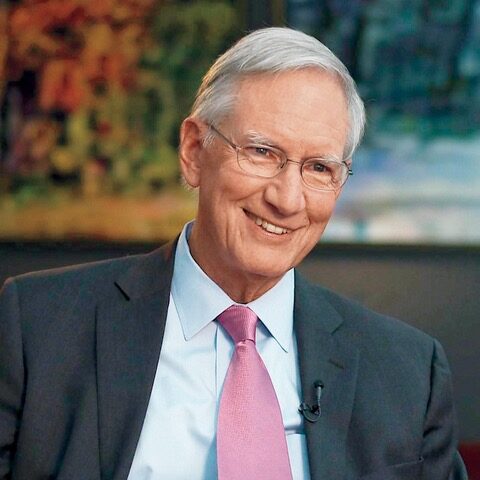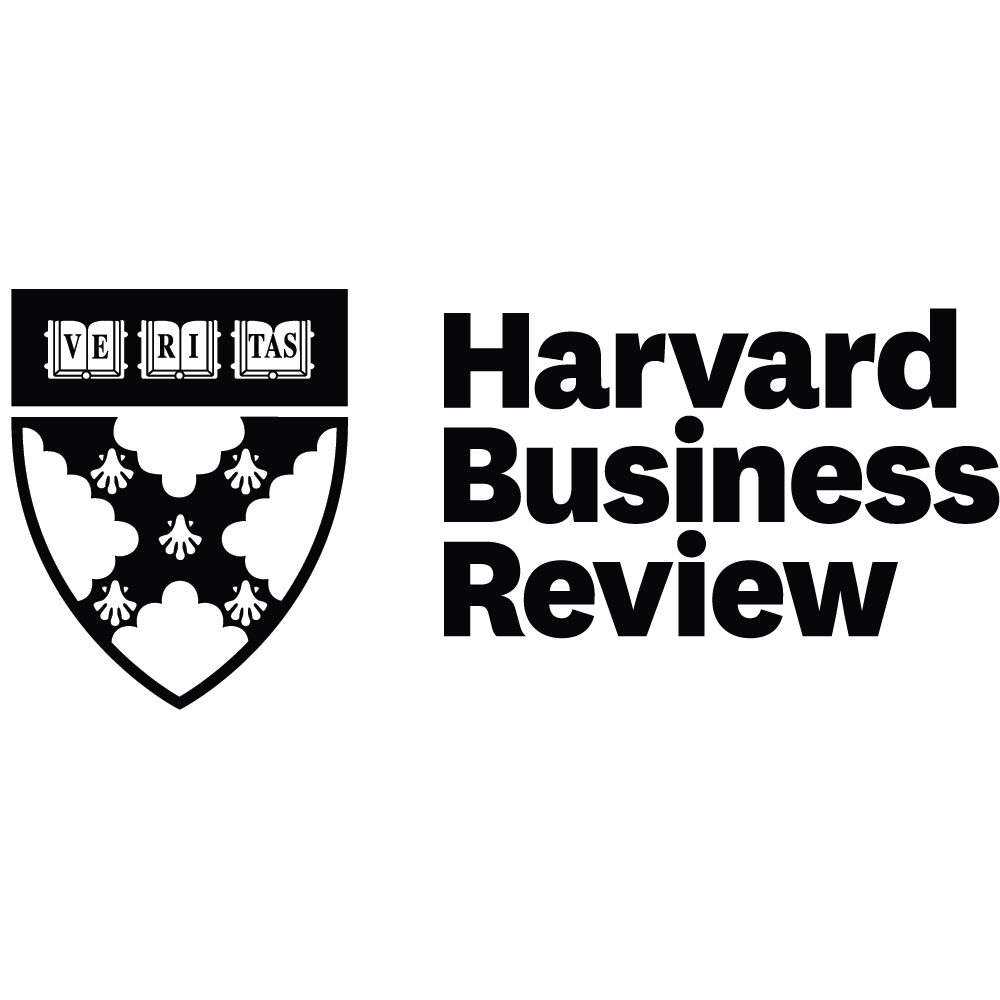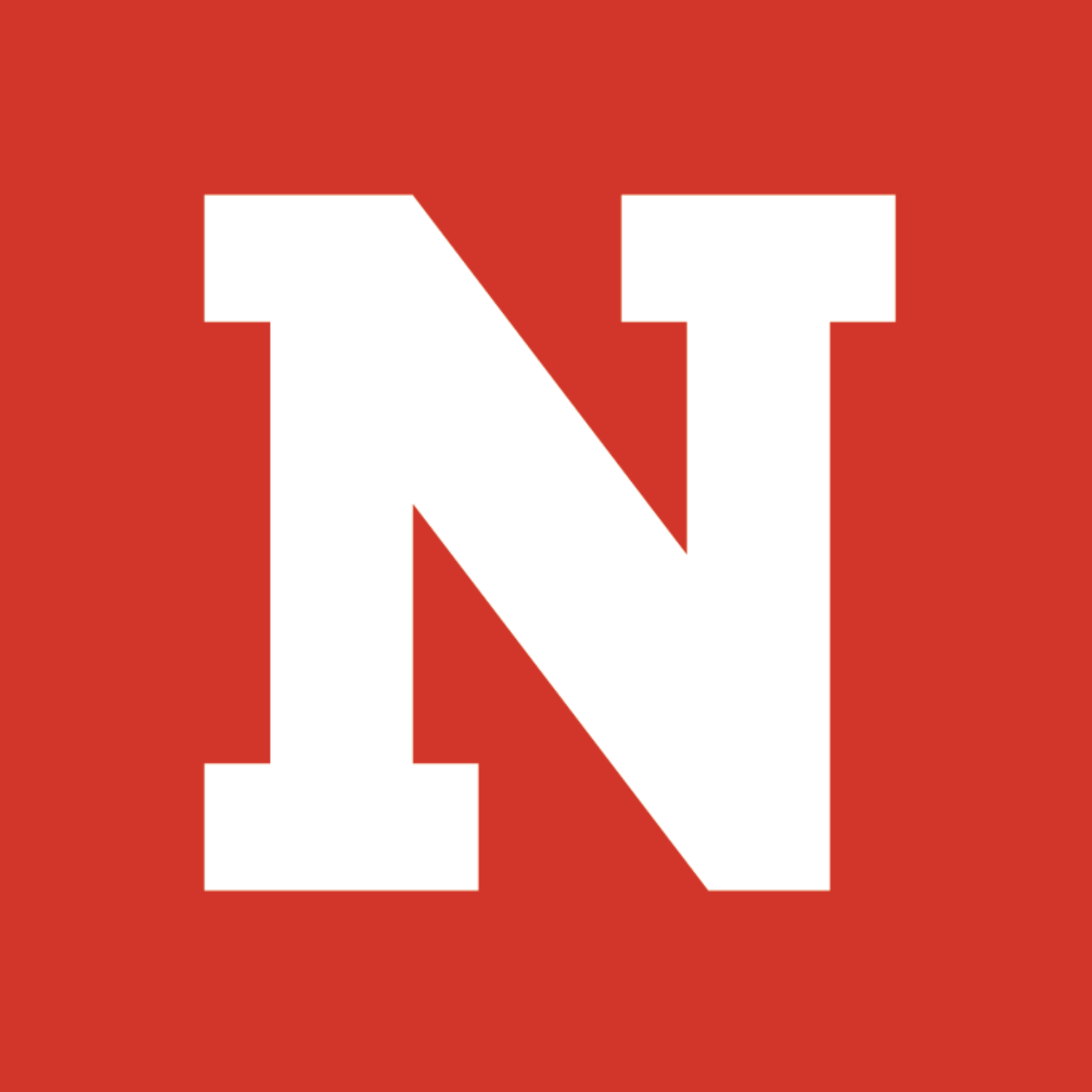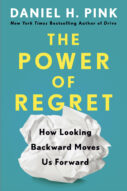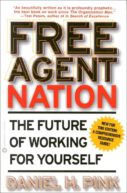Why I Wrote A Whole New Mind
What You'll Learn in A Whole New Mind
- The structure of our brains offers a metaphor for the contours of our times. We’re moving from a world that prizes metaphorically “left brain” skills (logical, linear, spreadsheet skills) to one that prizes more “right brain” skills (artistry, empathy, big picture thinking.)
- The three forces moving us in his new direction: Abundance, Automation, and Asia. Significantly higher living standards have put a premium on creating new categories of products and services and enhancing existing offerings with greater beauty and meaning. Software, and now AI, has become adept at doing certain routine intellectual work faster and better than humans. And offshoring has driven down the price of that reductive work.
- The most important abilities are no longer high tech – but "high concept" and "high touch." These abilities are hard to outsource, hard to automate, and deliver on the new demands of an abundant world.
- The core high concept abilities: Design, Story, and Symphony. Today, you need to be able to think like a designer (combining utility and significance), a story teller (putting facts in context and delivering them with emotional impact), and a symphony conductor (combining disparate pieces into a whole great than the sum of its parts.)
- The core high touch abilities: Empathy, Play, and Meaning. You also need to see other’s eyes, hear with others’ ears, and feel with others’ hearts. Playfulness is not only a source of joy, but also a pathway to more intense creativity and inspiration. And the pursuit of meaning and significance has taken on new importance in a world of increasing material well-being.
Most Highlighted on Kindle
Purchase Now:
A Whole New Mind: Why Right-Brainers Will Rule the Future
The future belongs to a different kind of person with a different kind of mind: artists, inventors, storytellers-creative and holistic "right-brain" thinkers whose abilities mark the fault line between who gets ahead and who doesn't.
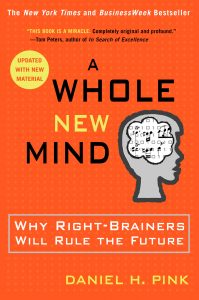
Awards & Accolades
96 weeks on the New York Times bestseller list (main and extended)
Wall Street Journal and Washington Post bestseller
Oprah Winfrey gave away 4,500 copies of the book to Stanford University's graduating class during her 2008 commencement address.
Selected as First Year Read at more than a dozen colleges and universities

